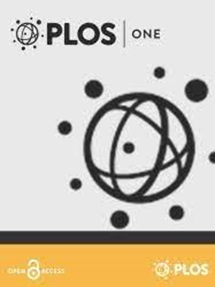伊比利亚半岛ch telperronian的侵入性
IF 2.9
3区 综合性期刊
Q1 MULTIDISCIPLINARY SCIENCES
引用次数: 17
摘要
人们提出了多种因素来解释尼安德特人在大约距今50至40万年之间的消失。这些讨论的核心是确定与尼安德特人在欧洲灭绝时期重叠的新的技术文化综合体。其中一个复杂的是ch本文章由计算机程序翻译,如有差异,请以英文原文为准。
The intrusive nature of the Châtelperronian in the Iberian Peninsula
Multiple factors have been proposed to explain the disappearance of Neandertals between ca. 50 and 40 kyr BP. Central to these discussions has been the identification of new techno-cultural complexes that overlap with the period of Neandertal demise in Europe. One such complex is the Châtelperronian, which extends from the Paris Basin to the Northern Iberian Peninsula between 43,760–39,220 BP. In this study we present the first open-air Châtelperronian site in the Northern Iberian Peninsula, Aranbaltza II. The technological features of its stone tool assemblage show no links with previous Middle Paleolithic technology in the region, and chronological modeling reveals a gap between the latest Middle Paleolithic and the Châtelperronian in this area. We interpret this as evidence of local Neandertal extinction and replacement by other Neandertal groups coming from southern France, illustrating how local extinction episodes could have played a role in the process of disappearance of Neandertals.
求助全文
通过发布文献求助,成功后即可免费获取论文全文。
去求助
来源期刊

PLoS ONE
生物-生物学
CiteScore
6.20
自引率
5.40%
发文量
14242
审稿时长
3.7 months
期刊介绍:
PLOS ONE is an international, peer-reviewed, open-access, online publication. PLOS ONE welcomes reports on primary research from any scientific discipline. It provides:
* Open-access—freely accessible online, authors retain copyright
* Fast publication times
* Peer review by expert, practicing researchers
* Post-publication tools to indicate quality and impact
* Community-based dialogue on articles
* Worldwide media coverage
 求助内容:
求助内容: 应助结果提醒方式:
应助结果提醒方式:


